I was hired once to take some portraits of a young woman. I asked her to give me a few portrait examples that she liked. To my surprise, she said that she liked “The Afghan Girl.” I suspect most of us know that image well. It appeared on the cover of National Geographic in June of 1985. It is a stunning image of a 12-year-old Afghan girl taken by the renowned photojournalist, Steve McCurry. In this photo she is wearing a tattered red shawl. With wide eyes she cast a piercing glance into the camera lens and the rest is history. As the story goes, McCurry disguised himself as an Afghan and crossed from Pakistan into Afghanistan during the Soviet invasion. At that time, Afghan refugees were fleeing to neighboring Pakistan as the war raged. You can feel the fear and turbulence in this photo. Though a landmark image, it is another brutal reminder of the tragedies of war. As McCurry left the scene, he reportedly had rolls of film sewn into his turban and stuffed into his socks and underwear. What camera do you suppose he carried with him that day in 1984? It was the newly released Nikon FM2. In this article I would like to commemorate the use of this camera to capture that sensational image and highlight a few of its features that keep this thirty-nine-year-old camera relevant.
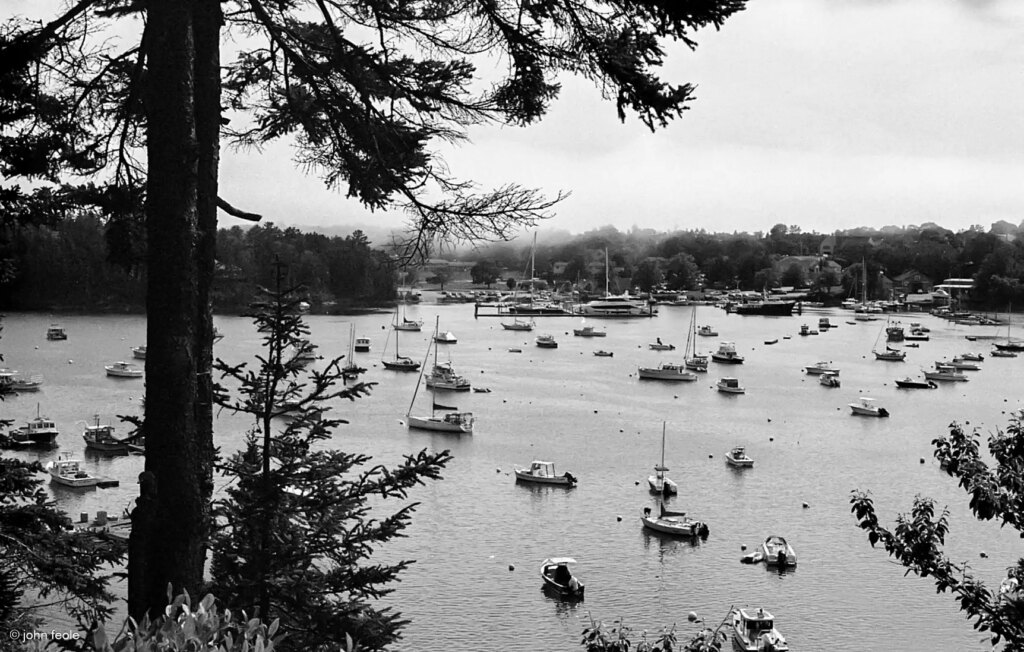
Nikon FM2 with Micro-Nikkor 55mm 1:2.8 on Ilford Delta 400 developed in Kodak HC110
In the Hand
If ergonomics is the science of refining design elements to be optimal for human use, then the Nikon FM2 is an excellent example. It physically fills a niche between a smaller compact 35mm viewfinder, like the Rollei 35 and a larger medium format camera like the Mamiya 645 or c330. True to ergonomic principles, the camera elements are easily adjusted while looking through the viewfinder. There are no distractions. Like the golden ratio of visual proportions, Nikon achieved an ergonomic golden ratio for the hand-held camera. For some photographers, years of SLR use may have turned this ergonomic formula into a bland process. I suspect that is why it is so refreshing to occasionally look through a waist level viewfinder or stare at the ground glass of a large format camera beneath your black cloak. Variety is the spice of life.
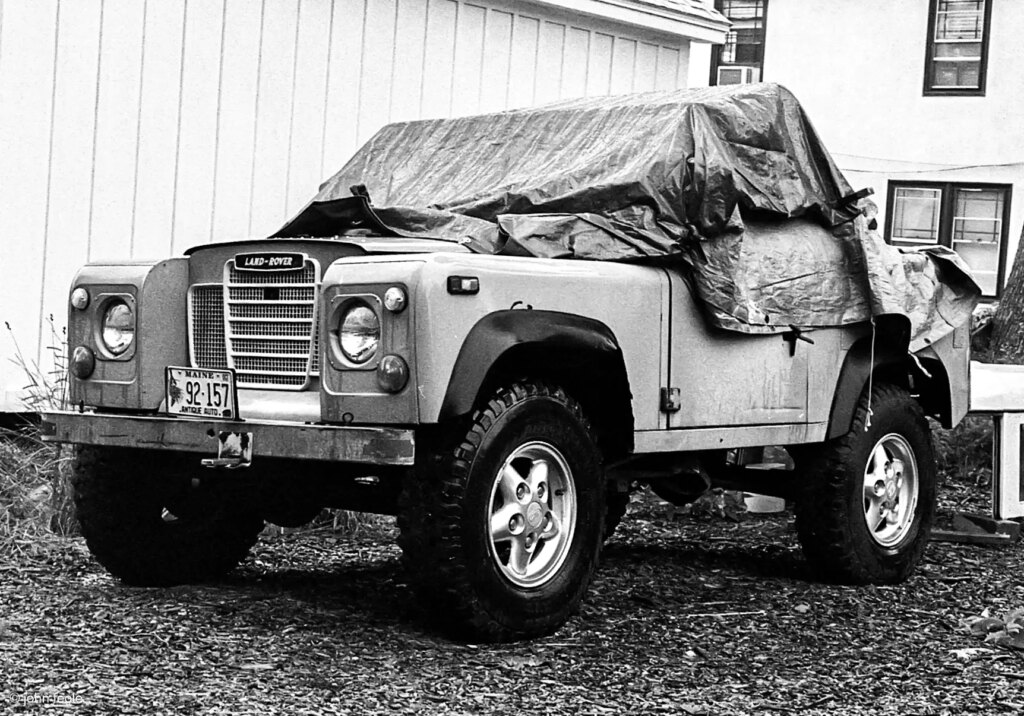
Nikon FM2 with Micro-Nikkor 55mm 1:2.8 on Kodak Tmax 400 developed in Kodak HC110
Is it enough?
Most photographers are always striving for more. We want better resolution, higher shutter speeds and the best lenses of all. While we should hone our craft, it is safe to say that composition and storytelling outweigh technical prowess. In this case, the FM2, Nikons midrange camera was in McCurry’s hands, not the professional grade F3 of the day. With this camera, he took what some have called a modern Mona Lisa. Inspiring stuff, despite its sad story. As they say, it is more fun to drive an old sports car fast than a new one slow. This principle still applies as you dust off your thirty-nine-year-old Nikon. But is this camera enough? I think the answer is sometimes. Any audiophile knows that your stereo is as good as the speakers. A camera is no different. To squeeze the most out of your ergonomic Nikon FM2 you need to choose the best lens, film and developer for the job. Fortunately, there are many affordable lens options for this camera. Thankfully, there are still a variety of film and developer options too. These more subjective variables are fertile soil for experimentation and debate. Do you like grain? Do you like contrast? Do you know what acutance is? This well is a deep subject as they say.
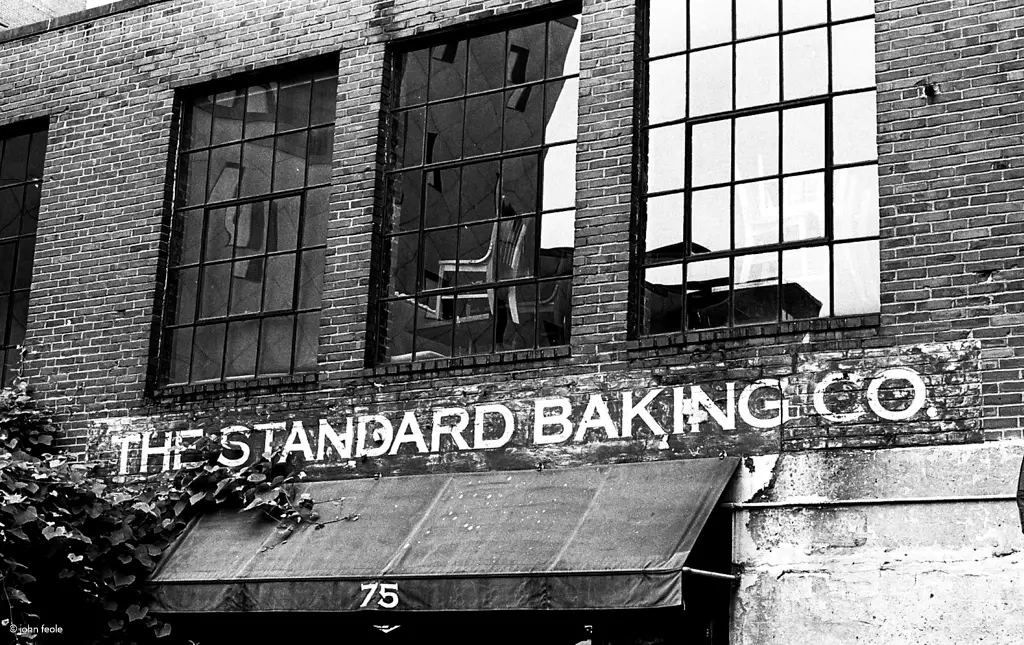
Nikon FM2 with Micro-Nikkor 55mm 1:2.8 on Ilford HP5 400 developed in Kodak HC110
Two User Friendly Features
The Nikon midrange camera parade began in the 1960s with the Nikkormat, followed by Nikon’s FE and FM models. In 1984 the FM2 hit the scene. For some historical perspective, this was the same year that Steve Jobs launched the Macintosh. The FM2 was to remain available for almost two decades. The oldest models, mine included, are now approaching 40 years of service. The verdict is that the Nikon FM2 is a rugged, mechanical unit with several features that make it user friendly today. I would argue that two features keep this camera fresh by modern standards. First is the TTL or through the lens light meter. Though many of my other cameras had a functional light meter at one time, this one still works four decades later. This also means that you can leave your hand-held light meter at home. Second is the shutter speed of up to one four thousandth of a second. Many of my vintage film cameras top out at one five hundredth or one thousandth of a second. With enough light, one four thousandth of a second will allow you to capture most objects in motion. This fast shutter speed is made possible by a titanium shutter with a beautiful honeycomb pattern which evolved into a more durable aluminum shutter on later models.
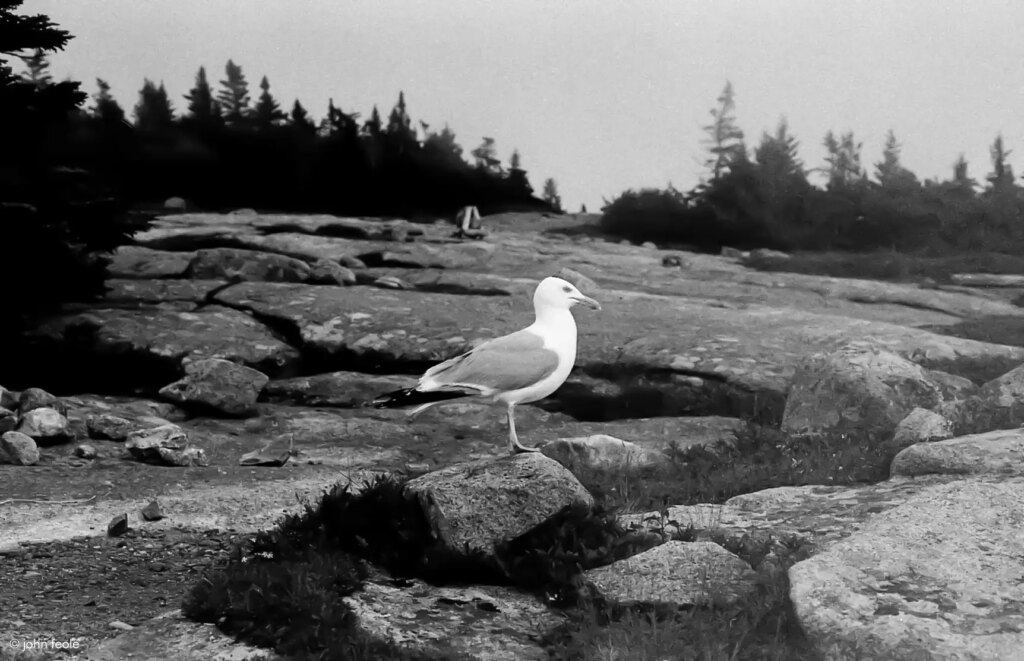
Nikon FM2 with Micro-Nikkor 55mm 1:2.8 on Ilford Delta 400 developed in Kodak HC110
Lenses
Thanks to Nikon’s long history of lens production there are numerous vintage options. Here is a brief introduction to Nikon lenses that you can build on. All lenses produced by Nikon are Nikkor lenses and may be labelled Nikon and or Nikkor. Nikon introduced their lens F mount system in 1959. The AI lens was introduced in 1977 and refers to a mechanism incorporated into the lens providing a mechanical link that allows the aperture setting on the lens to communicate with the camera body. AI stands for Automatic Maximum Aperture Indexing. This enables you, the photographer, to adjust the aperture and or the shutter speed as you look through the lens at the light meter reading. Early F-mount lenses produced between 1959 and 1977 became known as non-AI lenses as they did not have this technology. These lenses cannot be used on the FM2. AI lenses will work with the FM2. The E series and AI S series were introduced in 1979 and 1981 respectively and are also compatible with the Nikon FM2.
Nikkor Lenses F Mount FM2 compatibility summary.
-
- Non-AI 1959 – 1977: Not compatible.
- AI introduced in 1977: Compatible.
- E Series introduced in 1979: Compatible.
- AI S introduced in 1981: Compatible.
Reference:
Nikon Camera and Lens Compatibility Chart by J Ramon Palacios at nikonians.org
Nikon Lens Technology by Ken Rockwell at kenrockwell.com
For further reading on this topic and a comprehensive review of this camera, I highly recommend two articles by Nathaniel Stephan, The Nikon FM2 – Nikon’s Mechanical SLR Camera Masterpiece and The 5 Best Nikon FM2 Lenses, both published in Outside the Shot in November of 2022.
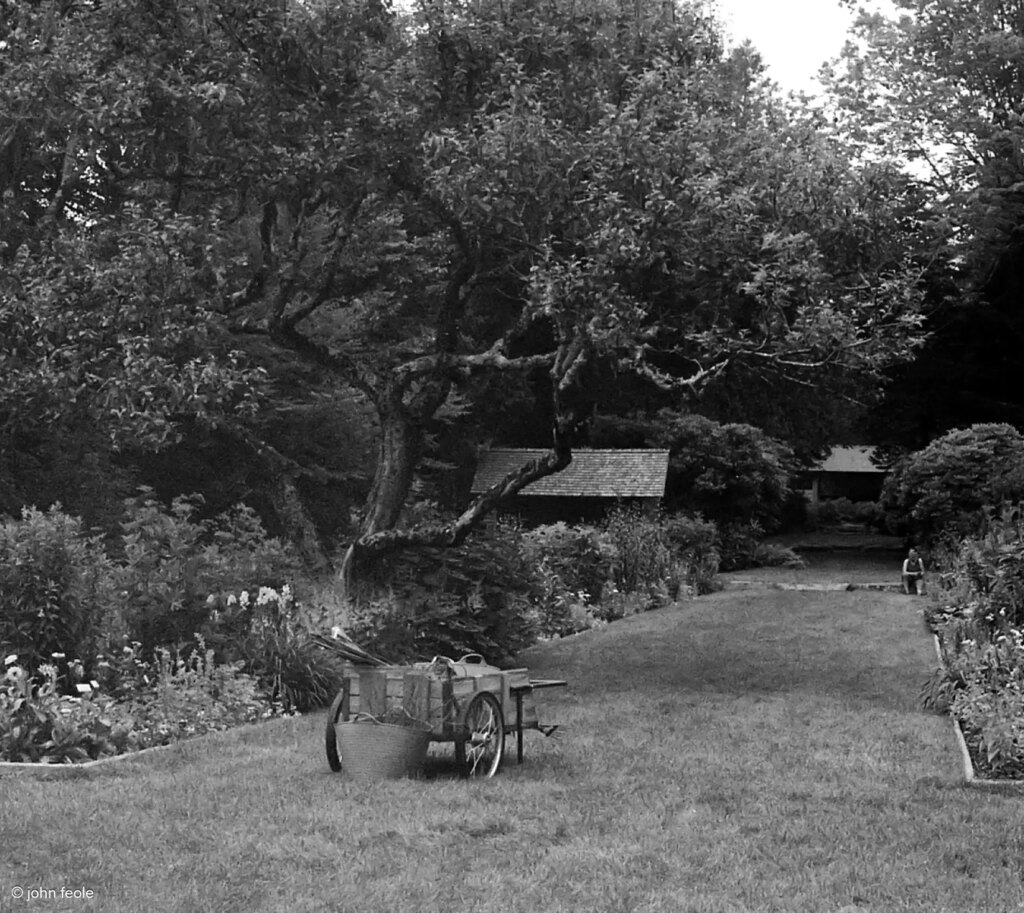
Nikon FM2 with Micro-Nikkor 55mm 1:2.8 on Ilford Delta 400 developed in Kodak HC110
Conclusion
In 1984 this camera would have cost you about $400 depending on your lens selection. That is equivalent to a little more than $1000 today. In 2021 the mirrorless digital Nikon Z fc was introduced and sells for about $1000. Its retro appearance is based on the handsome looks and ergonomics of the FM2. They say imitation is the sincerest form of flattery. For now, I am sticking with my 1984 Nikon FM2. I might pick up a mirrorless Nikon Z fc in the year 2062 if the reviews are good.
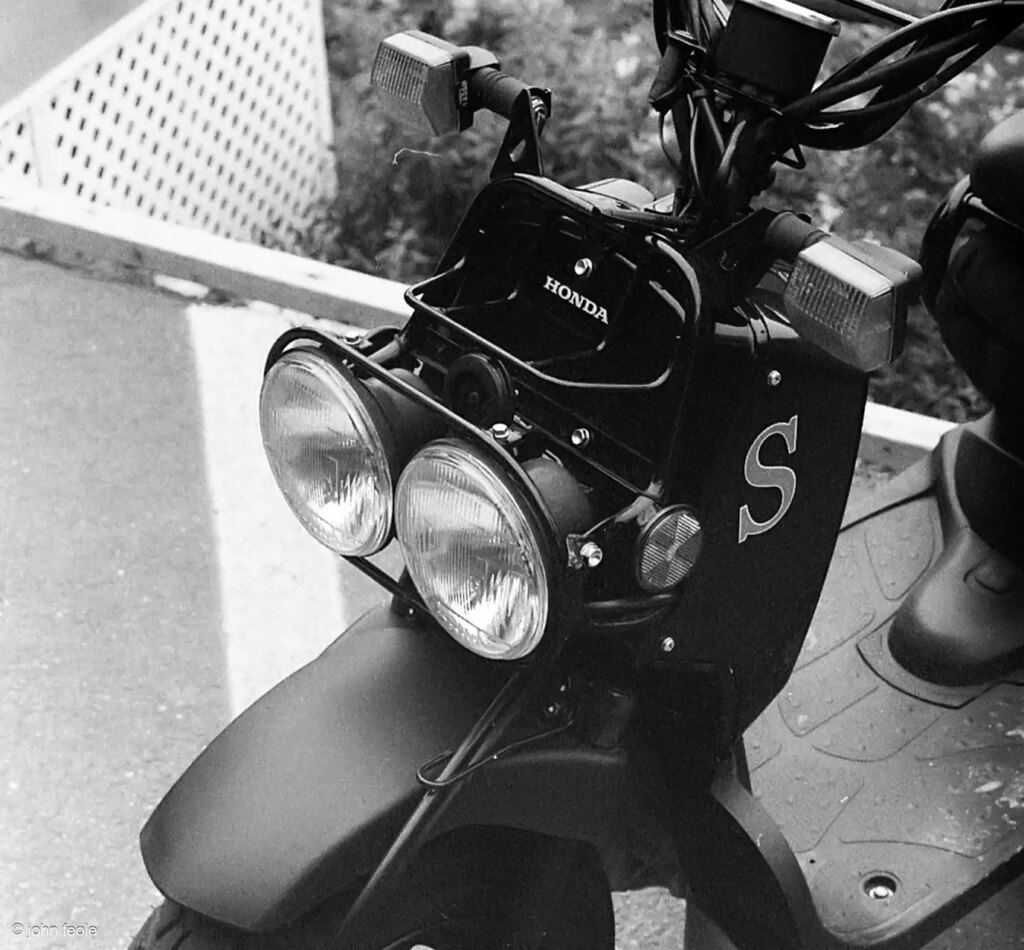
Nikon FM2 with Micro-Nikkor 55mm 1:2.8 on Ilford Delta 400 developed in Kodak HC110
instagram.com/jfeole_photography
You can read another review of the Nikon Fm2 here on 35mmc, here on Photo Thinking and here on Kosmo Foto
Share this post:
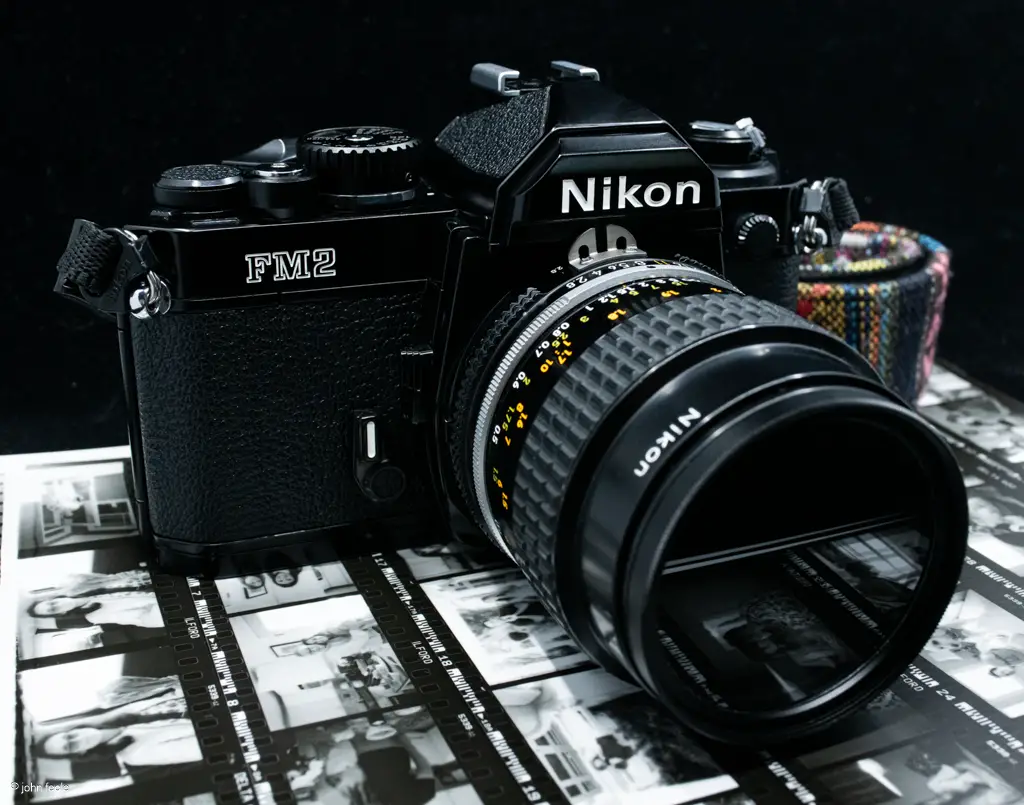








Comments
Art Meripol on Nikon FM2 Review – Its significance and modern appeal since 1984
Comment posted: 28/08/2023
Right now I have a perfectly working one within arms reach as I sit here. Yesterday I replaced the rubber eyepiece on the viewfinder. I was constantly wearing them out or losing them while pressing my eye ever closer to the scene I was viewing, warping my glasses out of shape You couldn't have written a better ode to my favorite camera.
David Hill on Nikon FM2 Review – Its significance and modern appeal since 1984
Comment posted: 28/08/2023
Kodachromeguy on Nikon FM2 Review – Its significance and modern appeal since 1984
Comment posted: 28/08/2023
Mark Lewis on Nikon FM2 Review – Its significance and modern appeal since 1984
Comment posted: 28/08/2023
DAN CASTELLI on Nikon FM2 Review – Its significance and modern appeal since 1984
Comment posted: 29/08/2023
I switched over to the Leica M system about 25 years ago. I sold off all my Nikon gear except for the cousin of the FM2, the equally capable FE2. I held onto 2 lenses, a 50mm f/2.0 & the 55mm micro-Nikkor. Both Ai series. I added a TC-14a teleconverter.
The FM/FE series are almost identical in size to a Leica M4. The weight is almost the same. The Leica M4 & the Nikon FE2 make a good 2 camera combo, without duplication.
The FE2 is used more sparingly than the M4. I wear hearing aids, and the Nikon's mirror action can be a bit too loud while wearing the devices. Since the M4 has only a 35mm lens, the Nikon with the 50mm & TC-14a serve as a portrait camera. The converted focal length is now a 70mm f/2.8. Nikon got it right, and IMHO this should still be in production as a film camera.
BTW, my wife & I were up in that part of Maine about 4 weeks ago. Beautiful area.
David Hume on Nikon FM2 Review – Its significance and modern appeal since 1984
Comment posted: 29/08/2023
Mike McNelly on Nikon FM2 Review – Its significance and modern appeal since 1984
Comment posted: 29/08/2023
Johnny Martyr on Nikon FM2 Review – Its significance and modern appeal since 1984
Comment posted: 29/08/2023
I would prefer if the FM2n shared some features of earlier, more rugged bodies like the metal, flipping pre-AI tab and metal controls of the original FM. The plastic AI tab can bind and the film door release and name plate just feels cheap. I wonder if anyone's swapped these parts before?
Anyway, this was a beautifully written tribute to one of my favorite cameras. Thank you!
Matthew Bigwood on Nikon FM2 Review – Its significance and modern appeal since 1984
Comment posted: 29/08/2023
Jay on Nikon FM2 Review – Its significance and modern appeal since 1984
Comment posted: 29/08/2023
Gus on Nikon FM2 Review – Its significance and modern appeal since 1984
Comment posted: 30/08/2023
I have an FE and an FM3A, and a nice little lens collection. I love their size, ergonomics, reliability, and the match-needle metering. But I very rarely shoot auto: I typically move the camera around to figure out the range of light and then pick a shutter speed. But... the match-needle is very difficult to see at night when I shoot city landscapes.
Thanks for the review John!
Joshua Blevins Peck on Nikon FM2 Review – Its significance and modern appeal since 1984
Comment posted: 30/08/2023
Ted Ayre on Nikon FM2 Review – Its significance and modern appeal since 1984
Comment posted: 30/08/2023
Robert J Fantom on Nikon FM2 Review – Its significance and modern appeal since 1984
Comment posted: 13/09/2023
Perhaps years of using my Leica Ms have "educated" me always to use my left eye for camera viewfinders -- it comes naturally with Leicas!
Sadly, this "design feature" of the Nikon FM2n entirely prevents me from using mine.